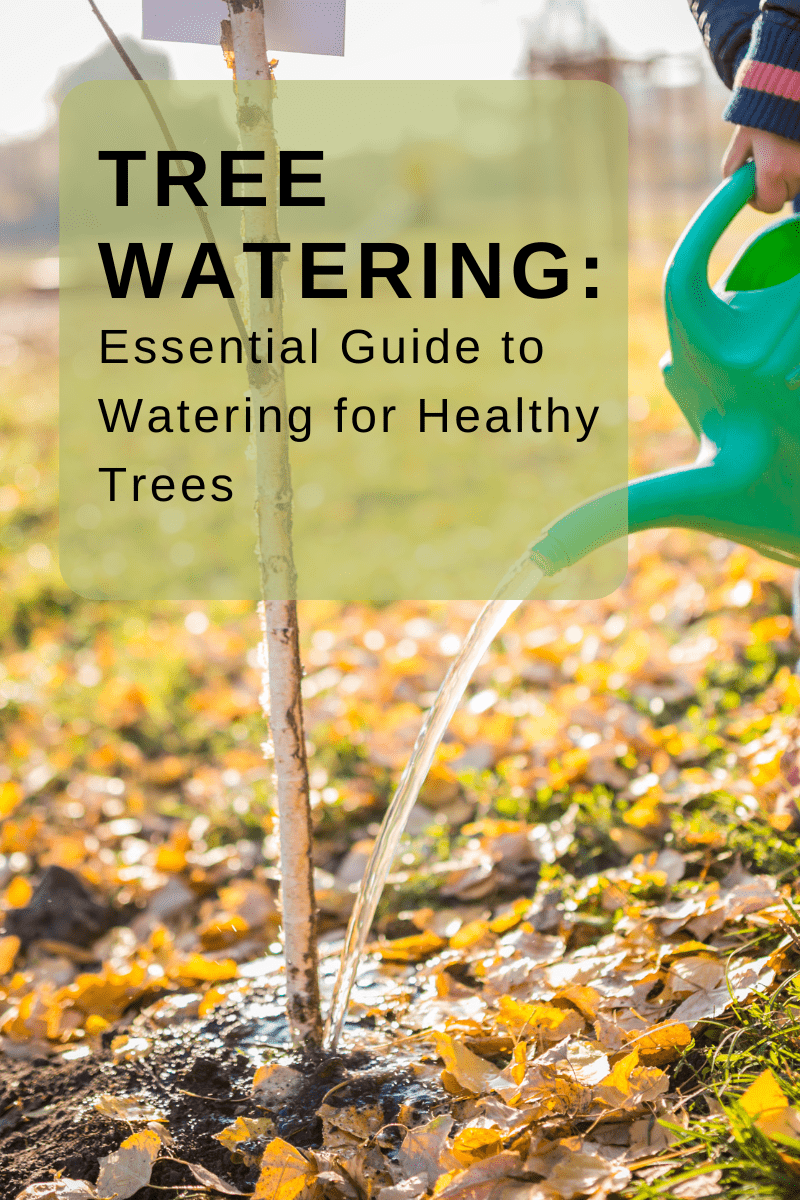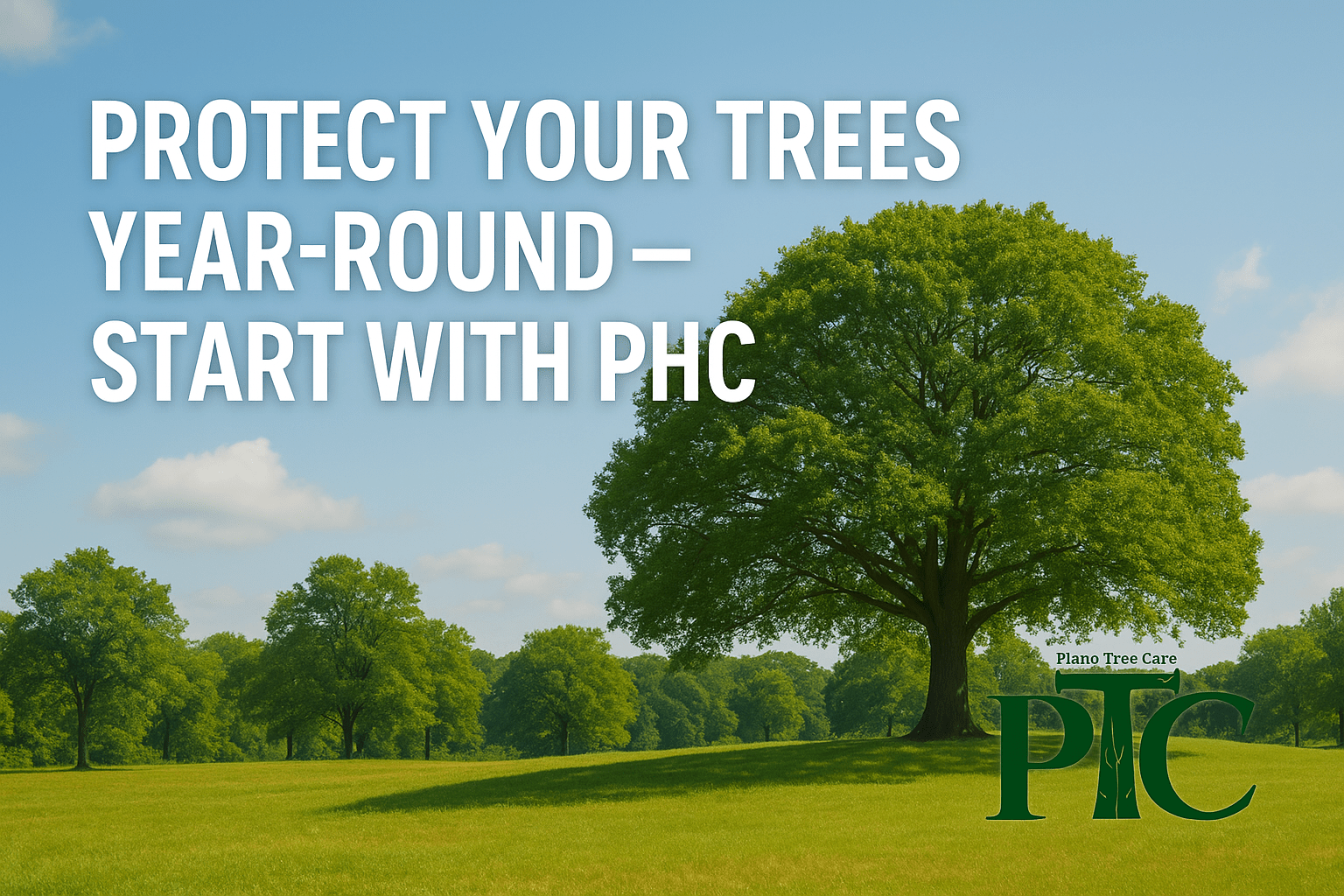How to Water Trees the Right Way – A Healthy Tree Guide
Watering and irrigation are crucial aspects of tree care that often go overlooked. Adequate moisture is essential for the health and longevity of trees, ensuring their ability to thrive in various environments. In the tree watering essential guide, we will explore the importance of watering and irrigation for trees, address common questions, and provide valuable insights to help you maintain a vibrant and lush tree canopy in your surroundings.
1. Understanding the Water Needs of Trees
- Each tree species has specific water requirements based on factors such as age, size, and climate.
- Young trees require more frequent watering to establish their root systems, while mature trees generally have deeper roots and can tolerate longer periods between watering.
- Factors influencing water needs include soil type, sun exposure, wind, and humidity levels.
2. Signs of Water Stress in Trees
- Wilting leaves, discoloration, and leaf drop are common signs of water stress in trees.
- Cracked bark, stunted growth, and increased susceptibility to pests and diseases may also indicate insufficient moisture.
- Regularly monitoring trees and recognizing early signs of water stress can prevent severe damage and potential tree loss.
3. Optimal Watering Techniques
- Water deeply and infrequently to encourage deep root growth and overall tree resilience.
- Apply water to the tree’s root zone, extending to the dripline (the area beneath the outer edge of the canopy).
- Use slow, deep watering methods such as soaker hoses or drip irrigation systems to minimize runoff and ensure thorough saturation.
- Avoid shallow and frequent watering, as it promotes shallow root development and increases the risk of tree stress.
4. Efficient Irrigation Systems for Trees
- Drip irrigation systems are highly effective for delivering water directly to the tree’s root zone.
- Mulching around the base of trees helps retain moisture, reduces weed competition, and regulates soil temperature.
- Irrigation controllers with moisture sensors can optimize watering schedules based on real-time soil moisture levels, conserving water while meeting the tree’s needs.
5. Seasonal Watering Guidelines:
- During hot and dry periods, increase watering frequency to compensate for increased water loss through evaporation.
- In cooler seasons or during heavy rainfall, adjust watering schedules accordingly to avoid overwatering, which can lead to root rot and other issues.
6. Conservation Practices
- Collect rainwater using barrels or cisterns to supplement tree watering during dry spells.
- Consider using graywater from household sources (such as dishwashing or laundry water) for irrigation, following local guidelines and regulations.
- Group trees with similar water requirements together to streamline watering efforts.
Proper watering and irrigation are vital for maintaining healthy and thriving trees. By understanding the water needs of trees, recognizing signs of water stress, implementing optimal watering techniques, and utilizing efficient irrigation systems, you can provide the necessary moisture for their well-being. Remember to adjust watering practices based on seasonal variations and embrace conservation strategies to ensure sustainable tree care.
Ready to ensure the health and vitality of your trees? Contact us today for expert guidance and assistance with all your watering and irrigation needs. Our team of tree care specialists is equipped with the knowledge and experience to help you create an optimal watering plan tailored to your specific tree species and environmental conditions. Don’t leave the well-being of your trees to chance—reach out to us now and let us help you maintain a lush and thriving tree canopy that will enhance the beauty and value of your surroundings. Contact us today and take the first step toward tree care excellence!




